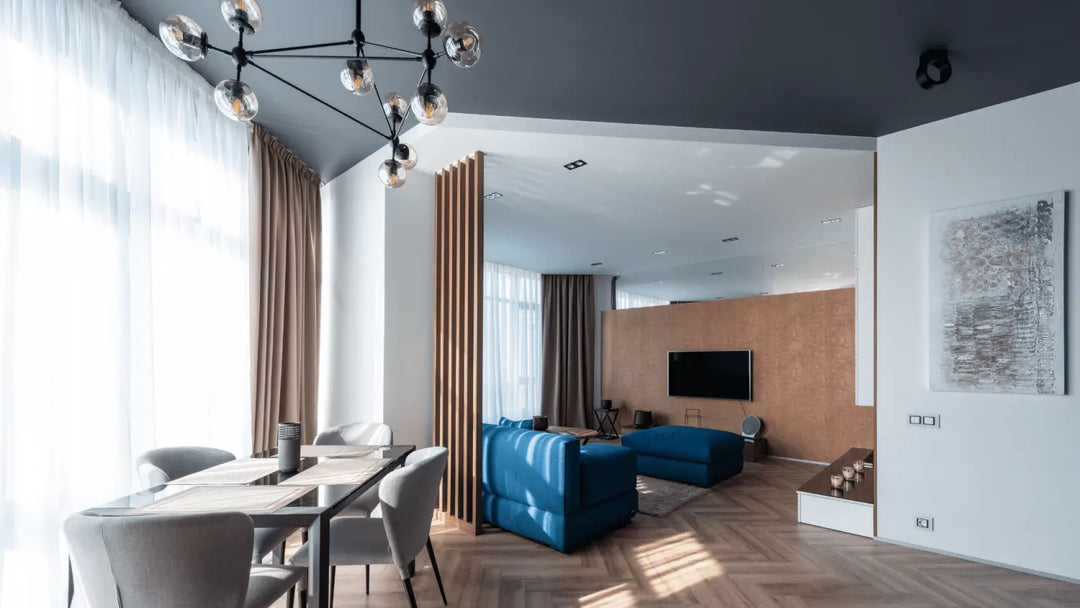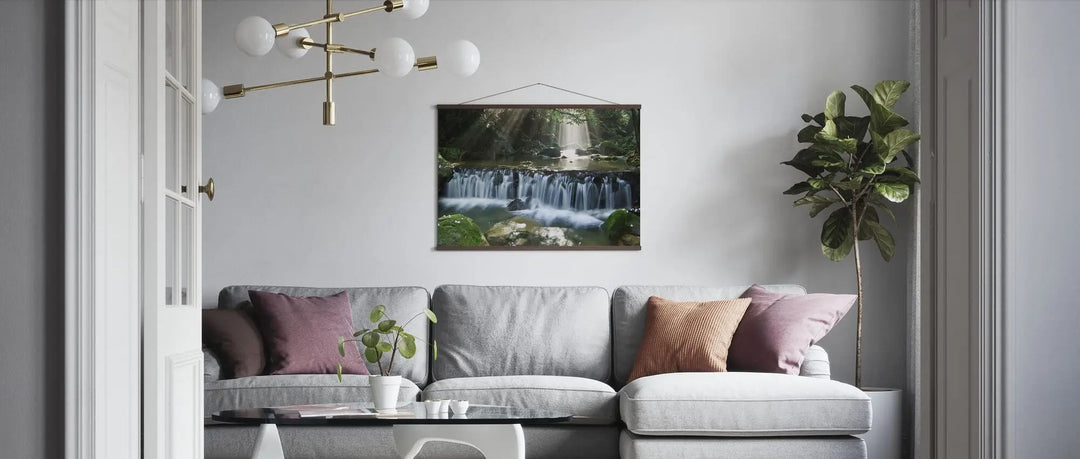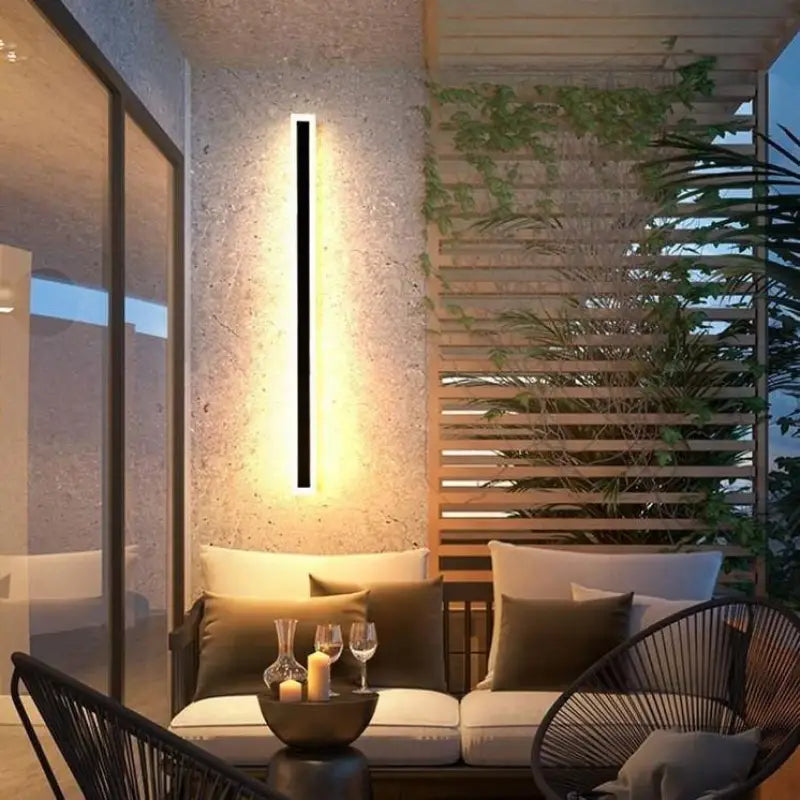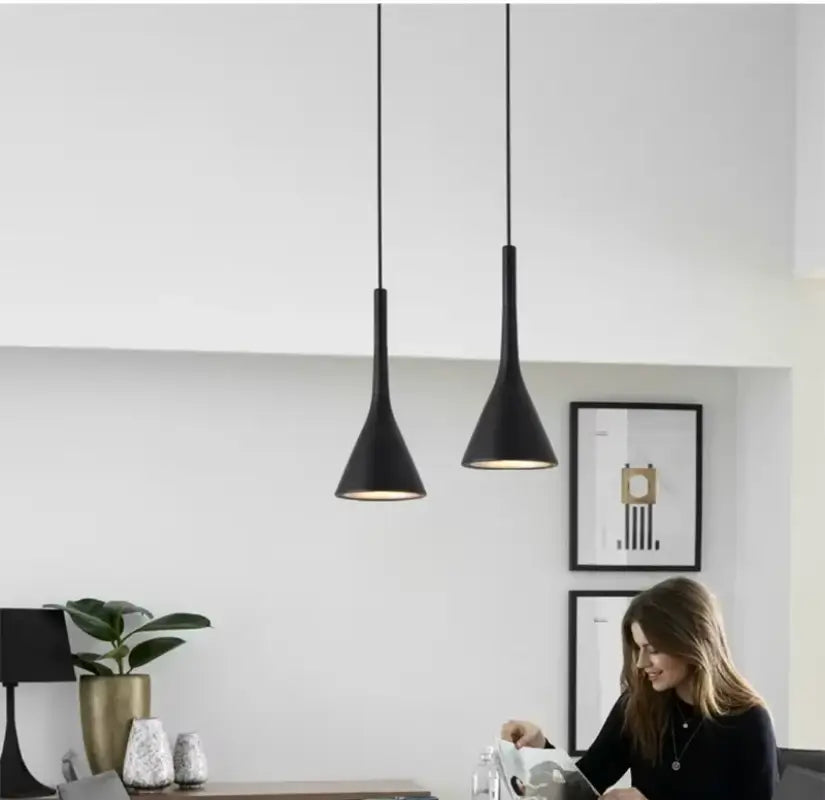Wiring a chandelier with just two electrical wires can seem daunting, especially if you've never worked with an electrical system. However, this operation is accessible to all DIY enthusiasts , provided you follow certain safety rules.
In this article, we'll cover how to confidently connect a 2-wire light fixture, from locating the live wire to mounting the ceiling light. Each step is detailed with examples, practical tips, and troubleshooting tips.
Quick summary for those in a hurry
To wire a chandelier with two wires, start by turning off the power at the main circuit breaker or electrical panel. At the circuit breaker outlet , you'll find two wires coming out of the ceiling: a light blue wire (neutral) and a brown or red wire (live).
You will need to connect these two wires to the chandelier's wires. If your ceiling light has a green-yellow wire (ground), but the ceiling doesn't have a ground conductor, you can leave this wire unconnected, provided your light fixture is Class II.
Use a domino or Wago connector to ensure a good electrical connection. Secure the chandelier using the provided mounting system (dowel, hook, or DCL box). Before restoring power, check each connection with a tester or multimeter.
Understanding what you have on the ceiling
Identify the wires: What are they for?
In a typical electrical installation, there are different types of electrical conductors, each identifiable by their color. The light blue wire is the neutral conductor. The brown, red, or black wire is the phase conductor. The yellow and green wires are the earth conductors, useful for grounding in some installations.
If you only have two wires in your ceiling, it's probably a 2-wire system without a ground. This is fine for connecting a 2-wire light fixture, as long as it complies with the regulations.
The old chandelier you are replacing may have had a similar connection. In any case, use a tester to detect the live and neutral lines and avoid connection errors.
Your chandelier has 2 wires too?
If your new chandelier also has two wires, the connection is simple. You probably have a neutral conductor (blue) and a live conductor ( brown, red, or black ). You can connect these directly to the wires coming out of the ceiling using a suitable connector or terminal block. Make sure to strip the wires about 8 mm using a wire stripper.
If there is a yellow and green wire on the chandelier, but no ground wire on the ceiling, this conductor should not be connected. Leave it insulated. This situation is common in older homes, where the electrical circuit does not always include a ground connection. A DCL box may also be present and simplify installation.
Step by step instructions for connecting a chandelier with 2 wires
Before you begin: Turn off the power and prepare the workstation
The very first step is to turn off the power at the electrical panel. This allows you to work safely and avoid any risk of electrocution. Use a tester to check for voltage before touching the wiring.
Next, prepare the ceiling by removing the old chandelier and freeing the protruding wires. If the ceiling light is old, clean the area and check that the electrical conduit is in good condition.
Get the right tools: pliers, flat screwdriver, tester, screws, dowel, connectors, terminal block, bulb, wall light if necessary, screwdriver , etc. The required equipment is often listed in the chandelier's instructions. If you have any doubts about the type of light connection required, don't hesitate to consult a DIY site or a specialized forum such as the discussions on "electricity forum answers".
Connecting Wires: How to Connect Them Properly?
Connecting the wires correctly is a crucial step. Start by stripping the ends of each conductor (about 8 mm). Then, connect the light blue wire from the ceiling to the blue wire from the chandelier.
Connect the brown or red wire from the ceiling to the same-colored wire from the chandelier. Use Wago or terminal blocks for a secure and solid connection. Make sure the wires are not touching and that no copper is sticking out.
In some cases, you may encounter a third wire (often green/yellow). If this ground conductor cannot be connected to the chandelier, leave it out. For specialty fixtures (such as a wall sconce or a lamp with a motion sensor), always check the type of circuit to be used. The connection can also be made in parallel with other light points.
Final check before restoring power
Before restoring power, check every terminal, screw, and connection. The mounting system must be fully installed. Secure the light fixture to the ceiling using the hook or DCL housing, depending on your configuration.
If necessary, use a compatible dimmer or a suitable switch. You can also add electrical protection if you are upgrading your installation.
Restore power, test the lamp with a suitable bulb, and ensure the lighting is working properly. If the chandelier doesn't turn on, turn the power off again and check the connection. If you have any problems, calling an electrician or professional can help you avoid making a wiring mistake.
Tips for modernizing your installation with only 2 wires
Install a dimmer or switch connected with a 2-wire line
Even with a two-wire installation, it is possible to install a dimmer or connected switch. Some models are designed to operate without a neutral, making them compatible with older homes.
You can control your lighting from an electrical outlet or via your smartphone. Be sure to choose compatible bulbs and check the electrical protection.
This type of installation offers a modern solution without modifying the entire electrical network. There are also motion detectors that integrate directly into a 2-wire circuit . The effect is immediate: greater comfort and security, even without major work.
Switching from a 2-wire to a 3-wire system: Is it worth it?
In some special cases, you might consider switching from a 2-wire system to a new 3-wire system with an earth conductor. However, this involves extensive installation work (ducting, electrical panel, fuse, new circuit). Generally, this is not necessary if you use Class II luminaires and comply with the standards.
The simplest solution is often to install a suitable residual current device or a modern switch box . This ensures safety without renovating the entire installation. If in doubt, seek advice from a qualified electrician. You can also consult a technical site plan or ask a professional for help on a forum.
Conclusion
Wiring a chandelier is a simple process if you follow the steps and current regulations. From turning off the power, identifying the wires, making a secure connection, and securely mounting the light fixture, it's all a matter of method. Using the right tools, such as a tester or wire strippers, is essential to ensure safety.
First and foremost, always check the circuit breaker output and the condition of the wires. Following the standard is the best way to avoid a power outage or a bad connection. And if you still have any doubts, calling a professional is the best solution to ensure reliable electrical installation throughout your home.




























Leave a comment